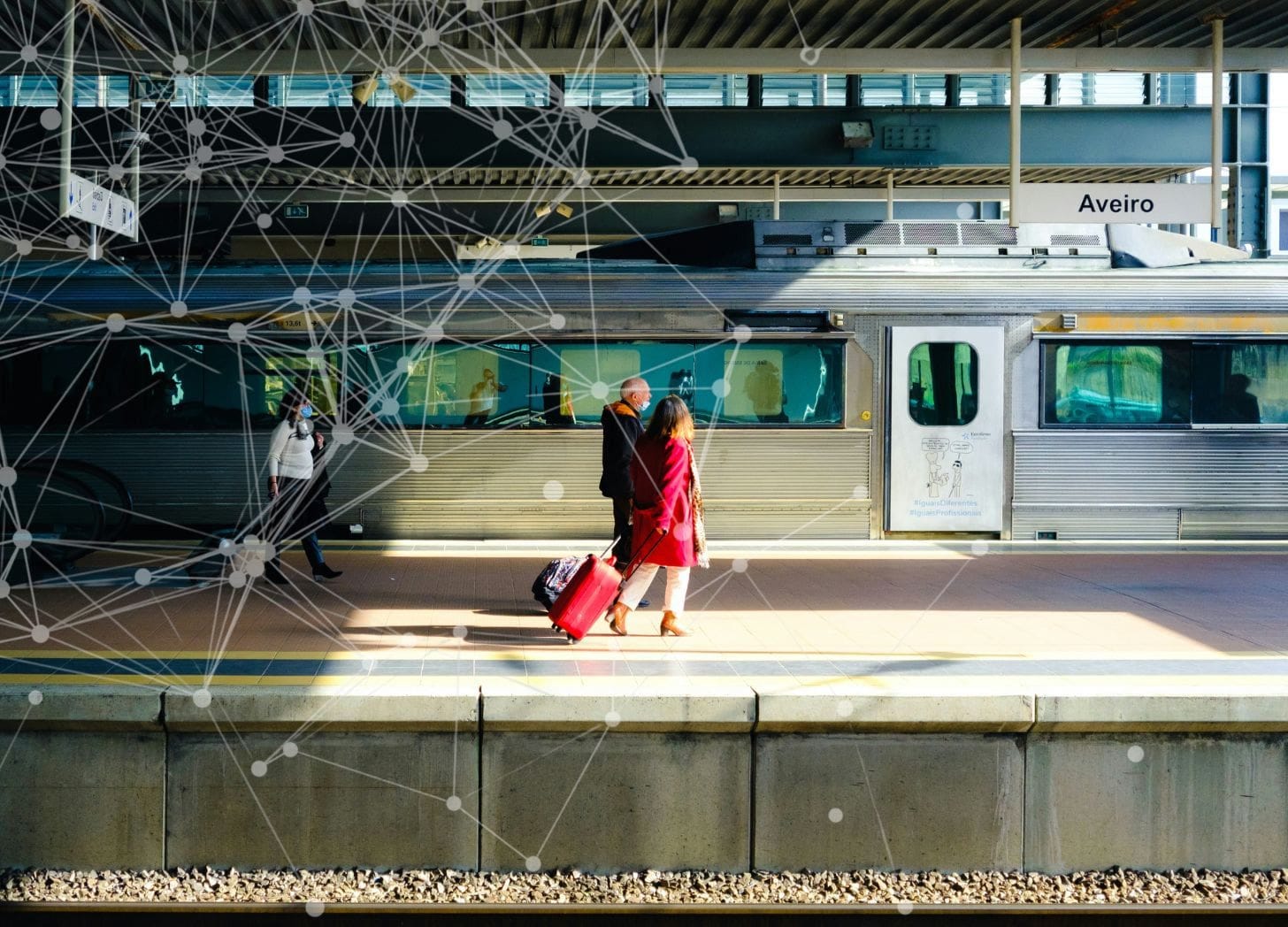Stop Treating AI Like a Trend — It’s Your New Tourism Infrastructure
The future of tourism isn’t faster. It’s calmer.
Everyone is chasing AI like it’s the next quick fix, sprinkled on a marketing plan for short-term sparkle and a few more bookings.
But the destinations quietly pulling ahead are not chasing trends. They are building systems that run on calm.
UN Tourism says more than 70 percent of national tourism boards now mention AI in their strategies.
Fewer than 25 percent have a plan to use it.
That is where the chaos starts—when strategy moves faster than structure.
Dashboards multiply, budgets scatter, and nobody knows which insight matters anymore.
McKinsey calls it what it is: practical results, not marketing magic.
VisitScotland proved the point by trading flashy AI social tools for systems that track emissions and sustainability data.
Trends create chaos. Systems create calm.
AI’s job is not to impress people. It is to make their work easier.
Why We Keep Getting It Wrong
Tourism loves a new tool, but too often we skip the safety manual.
The European Travel Commission found that 60 percent of destinations launched AI chatbots without clear goals or ways to measure success.
Destination Canada’s 2024 audit showed 30 percent workflow overlap from uncoordinated AI use. Forty percent of hotels in a Hospitality Tech survey said AI created “short-term excitement and long-term confusion.”
That is not innovation. That is exhaustion.
The burnout is not from AI itself. It is from skipping the system.
AI Isn’t Innovation. It’s Infrastructure.
Innovation gets headlines. Infrastructure gets results.
Marriott built a data network linking guest preferences and revenue systems, cutting planning time by 30 percent.
TUI Group merges booking, weather, and mobility data to save hundreds of staff hours each month.
Singapore Tourism Board did not “adopt AI.” They built it into how they design guest experiences.
Even smaller teams are applying it. A chamber in Vermont uses a simple AI dashboard to track seasonal demand and cut reporting time in half.
AI does not replace creativity. It removes chaos.
When data flows cleanly, people can focus on craft again—the part guests remember.
Proof It Works
Visit València now translates visitor feedback across languages, trimming campaign turnaround by 25 percent.
Airbnb’s AI message library reduced manual replies by 30 percent.
Tourism Australia introduced an AI assistant for training and FAQs, freeing more than 600 hours for genuine relationship building.
These are not pilot projects. They are systems running quietly in the background so people can stay human.
That is the proof.
Clarity gives time back. Time fuels creativity.
2026: The Year of Infrastructure and Intention
For years, destinations built “innovation labs.”
Now the smart ones are building operational systems.
Deloitte predicts it. Skift measures it.
Destinations with clear data frameworks outperform peers by 21 percent in direct results.
With labor costs climbing and privacy rules tightening, automation is no longer optional.
It is essential structure.
The good news is that structure scales peace of mind faster than technology ever could.
Teams that think in systems now will own the foundation for every new idea that follows.
The next chapter of tourism will not be about moving faster.
It will be about moving on purpose.
Clarity Over Chaos
The WTTC says the leaders of the next decade will not be the ones with the flashiest ads. They will be the ones with clean data and consistent systems.
Dubai’s Department of Economy and Tourism cut duplicate reporting by 45 percent after launching an AI insights platform.
Trends create chaos.
Systems create calm.
Systems are not flashy. Systems are not viral. They save livelihoods.
The winners of 2026 will not be the first to try AI.
They will be the first to make it ordinary.
Boring is repeatable.
Repeatable is sustainable.
Hospitality has always been about people.
AI helps us take care of them, clearly, consistently, and without the scramble.
“AI helps us take care of them clearly, consistently, and without the scramble.”
Sources and Further Reading
Reports and Data





All for great technology but there has to be intentional use, you can’t just implement for the sake of it. Great points.
Love this perspective on the strategic implementation of AI in tourism infrastructure. Your point about strategy moving faster than structure perfectly captures the common pitfalls, reminiscent of how unvalidated models can proliferate in development without proper MLOps practises. What if this superficial application of AI ultimately hinders our ability to leverage its true potential for complex challenges like climate resilience and sustainable resource management, rather than just optimizing booking funnels for short-term succes?